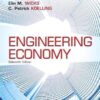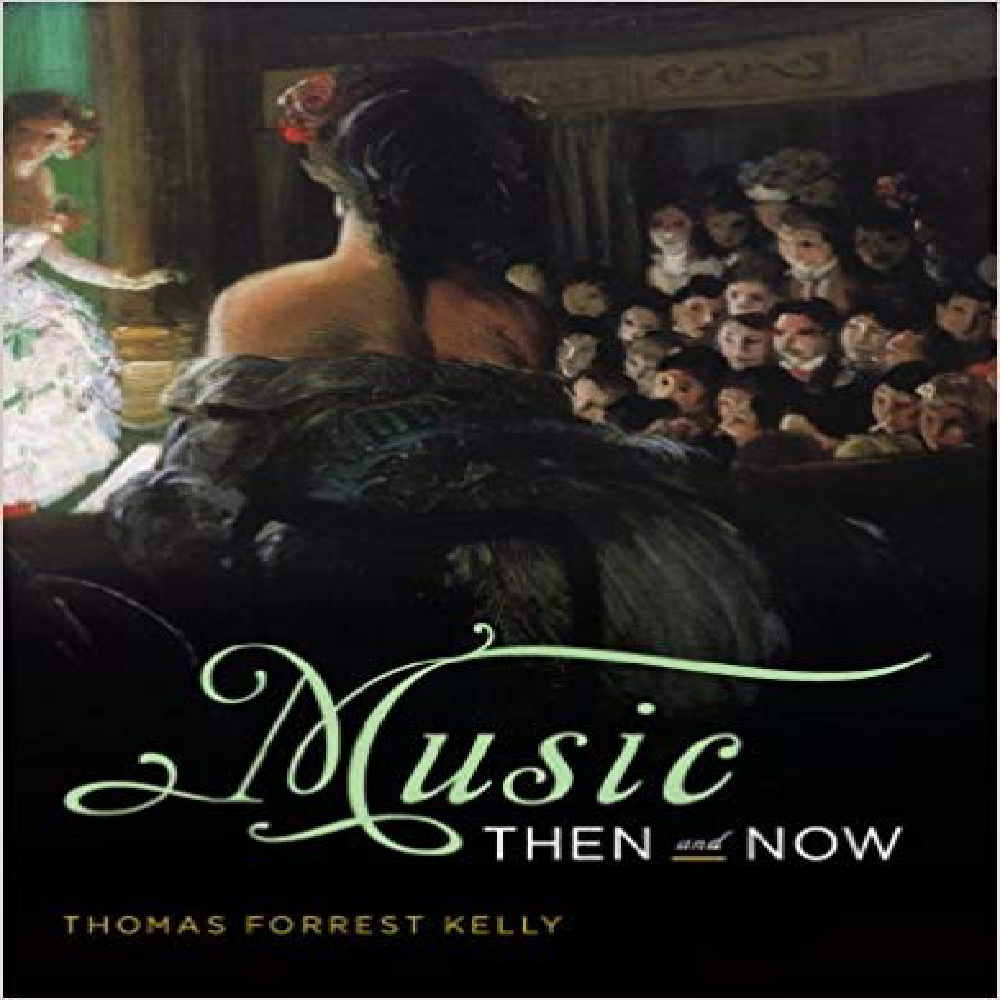Music Then And Now By Thomas Forrest Kelly – Test Bank
$55.00
Music Then And Now By Thomas Forrest Kelly – Test Bank
You will receive this product within 24 hours after placing the order
Music Then And Now By Thomas Forrest Kelly – Test Bank
CHAPTER 11: Felix Mendelssohn’s Violin Concerto in E Minor
MULTIPLE CHOICE
1. How did nineteenth-century artists and thinkers characterize the central drama of the concerto as a genre?
a. as representing the struggle of the lower classes to improve their social standing
b. as depicting the individual against society
c. as demonstrating the tension between substance and style
d. as a Christian morality tale
e. as a realization of the composer’s inner dialogue
ANS: B DIF: Easy REF: p. 295 TOP: Introduction
MSC: Applied
2. For which two instruments were the majority of nineteenth-century concertos written?
a. cello and guitar d. violin and piano
b. oboe and trumpet e. flute and viola
c. harpsichord and recorder
ANS: D DIF: Easy REF: p. 295 TOP: Introduction
MSC: Factual
3. What is the greatest challenge associated with composing a concerto?
a. finding a balance between musical substance and virtuosic display
b. working with self-absorbed soloists
c. using traditional forms while creating novel and interesting sounds
d. understanding what the public wants
e. making sure that the soloist can be heard over the ensemble
ANS: A DIF: Hard REF: p. 295 TOP: Introduction
MSC: Applied
4. All of the following composers EXCEPT ___________ wrote violin concertos that are central pieces in the modern repertoire:
a. Tchaikovsky d. Berlioz
b. Brahms e. Mendelssohn
c. Beethoven
ANS: D DIF: Medium REF: p. 295 TOP: Introduction
MSC: Factual
5. The great nineteenth-century German poet Johann Wolfgang von Goethe referred to Leipzig as:
a. “a clean Vienna” d. “a relaxed Milan”
b. “a little Paris” e. “a friendly Madrid”
c. “a German London”
ANS: B DIF: Medium REF: p. 296 TOP: The Setting: Leipzig in 1845
MSC: Factual
6. As in the mid-eighteenth century, the religious life of nineteenth-century Leipzig centered on what institution?
a. St. Nicholas’s Church d. Bach’s home
b. St. Thomas’s Church e. St. Stephen’s Church
c. The University of Leipzig
ANS: B DIF: Medium REF: p. 296 TOP: The Setting: Leipzig in 1845
MSC: Applied
7. What effect did the constant musical and critical presence of Mendelssohn and Schumann have on Leipzig’s musical audiences?
a. They became jaded.
b. They became territorial, asserting their pride in Leipzig as home of the finest musical community in Europe.
c. They became very sophisticated and knowledgeable.
d. They stopped attending performances.
e. They became focused on the culture of celebrity.
ANS: C DIF: Medium REF: p. 296 TOP: The Setting: Leipzig in 1845
MSC: Conceptual
8. As musical director of the Gewandhaus, Mendelssohn was responsible for:
a. hiring stagehands d. choosing the ensemble’s repertoire
b. selling subscriptions e. all of the above
c. advertising for concerts
ANS: D DIF: Medium REF: p. 296 TOP: The Setting: Leipzig in 1845
MSC: Applied
9. At what age did Mendelssohn begin composing the works that are now considered his “mature” repertoire?
a. as a young boy d. in his late twenties
b. in his early teens e. in his thirties
c. in his early twenties
ANS: B DIF: Medium REF: p. 297
TOP: The Setting: Felix Mendelssohn MSC: Factual
10. As a twenty-year-old, Mendelssohn organized a concert that led to the revival of interest in what Baroque composer?
a. George Frideric Handel d. Arcangelo Corelli
b. Georg Philip Telemann e. Johann Sebastian Bach
c. Antonio Vivaldi
ANS: E DIF: Medium REF: p. 298
TOP: Felix Mendelssohn (1809–1847) MSC: Applied












Reviews
There are no reviews yet.